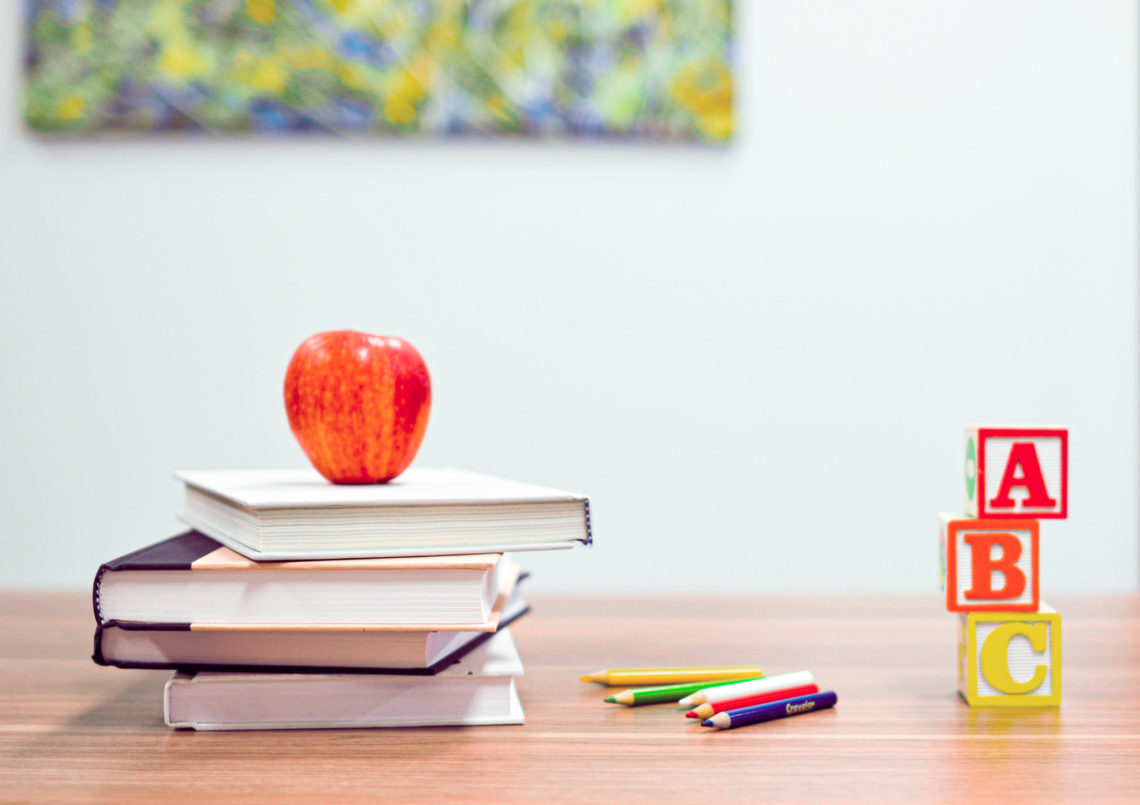I spent the last year working as the Doctoral Research Fellow for the Food-Ed Hub at the Laurie M. Tisch Center for Food, Education and Policy in the Program in Nutrition at Teachers College, Columbia University. Man, that’s a mouthful of a title, right? Try that while introducing yourself at conferences. 🙂 It was really an honor to get to know the food and nutrition education programs that help New York City students learn about food. My biggest task was going through hundreds of food and nutrition education lessons and creating a “scope and sequence” that connected with the existing science and social studies scope and sequences. (FYI – a scope and sequence is a document that is used to guide schools districts, teachers, other interested people, on students’ learning goals per unit, per grade.)
Even though my work focused on creating a working document for teachers, with COVID-19 in mind, these lessons can be done at home too. Whether you’re looking to incorporate more lessons about food into your lesson plans, or your child is remote learning, or you’re looking for a weekend project about food, these are 3 of my favorite food and nutrition lessons for the classroom and home.
1. Organization: Pilot Light, Chicago, IL.
Lesson: Seasonality: Everything in its Own Time
Pilot Light is one of my favorite food and nutrition organizations. They have many lessons and I love each one of them. Pilot Light does a really great job at connecting food and nutrition to social studies, in particular. As someone who is passionate about history, I really appreciate the research they put into their lessons and even open room for discussion about current events related to food. And above all, they strive to help students learn where food comes from, how it grows and how their food choices impact the environment and their bodies.
Aside from social studies, Seasonality: Everything in its Own Time, utilizes seasonal food to build skills in math and reading. For example, for Kindergarten through second grade, they base the lesson on books related to food, such as Oliver’s Vegetables, by Vivian French. Also, depending on the grade level, the lesson could even work in some current events. As we switch seasons and start off the school year at home or in the classroom, it’s a good time for students to observe seasonality and how food should be eaten in its own time.
2. Organization: The Edible Schoolyard Project
Lesson: Autumn Harvest Soup
The Edible Schoolyard Project is the preeminent food and nutrition education organization in the United States. The idea of edible education started 25 years ago by Alice Waters in Berkley, CA. Edible Schoolyard aims to improve children’s health by providing education through food in the kitchen, garden and cafeteria. I love that most of their lessons focus on gardening and cooking in-season fruits and vegetables. When kids spend the time learning to cook and garden, they will be more motivated to eat the “fruits of their labor.”
As we go back to school, the leaves start to change, temperatures get cooler and we start to crave heartier foods. Autumn Harvest Soup is a delicious recipe for middle school students this time of year. Whether you’re working with your kids at home, or in the classroom, make some time for this delicious recipe. It may introduce your kiddos to new fruits and vegetables and will help improve their knife skills. Your kids will be more likely to try what they’ve helped to prepare.
3. Organization: National Agriculture in the Classroom
Lesson: From Sap to Syrup
National Agriculture in the Classroom (AITC) aims to increase agricultural literacy in lessons designed for kindergarten through 12th grade students. The United States Department Agriculture supports each state’s own AITC program and their website has so many lessons to browse and use in their classrooms or at home. I am always excitedly overwhelmed (that’s an emotion, right?) to see the amount of food and nutrition education and lessons on their site.
From Sap to Syrup is designed for children in kindergarten through second grade. In this lesson, children will focus on climate and geography and how both play into the production of syrup. The book, Sugar Snow, by Laura Ingalls Wilder plays a prominent role in this lesson, and children can get their hands dirty by learning about different types of soil and the kind needed for maple tree growth. Children can also make observations about the weather and begin to look forward to the colder months as the sap to syrup cycle progresses.
Those are my 3 food and nutrition education lessons for the classroom and home for now. I think they’re great for the fall season and my recent back to school series. I’ve recently written about snacks for back to school and preparing toddlers and preschoolers for back to school. I think I will make these food and nutrition lessons a bit of a series and highlight more programs. What do you think? Would you like to see more food and nutrition education lessons? Let me know in the comments! And as always, if you like this post, don’t forget to like, follow and share on Facebook and Instagram.
Also, you may have noticed a new subscribe button on the side. Please subscribe so you won’t miss a post!

No Comments